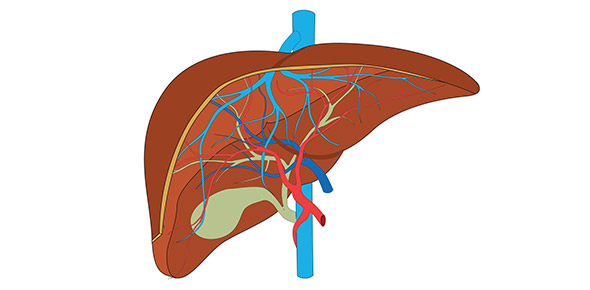The correct answer is "excess salivation, grinding of teeth, foul breath, abdominal pain, plaques and erosions in mouth." These clinical signs are commonly seen in equines with Equine Gastric Ulcer Syndrome (EGUS). Excess salivation, grinding of teeth, foul breath, abdominal pain, and the presence of plaques and erosions in the mouth are all indicative of ulcers in the horse's stomach. These signs may be accompanied by changes in appetite, weight loss, and poor performance. EGUS is a common condition in horses, particularly those subjected to stress, intense exercise, or poor management practices.
















